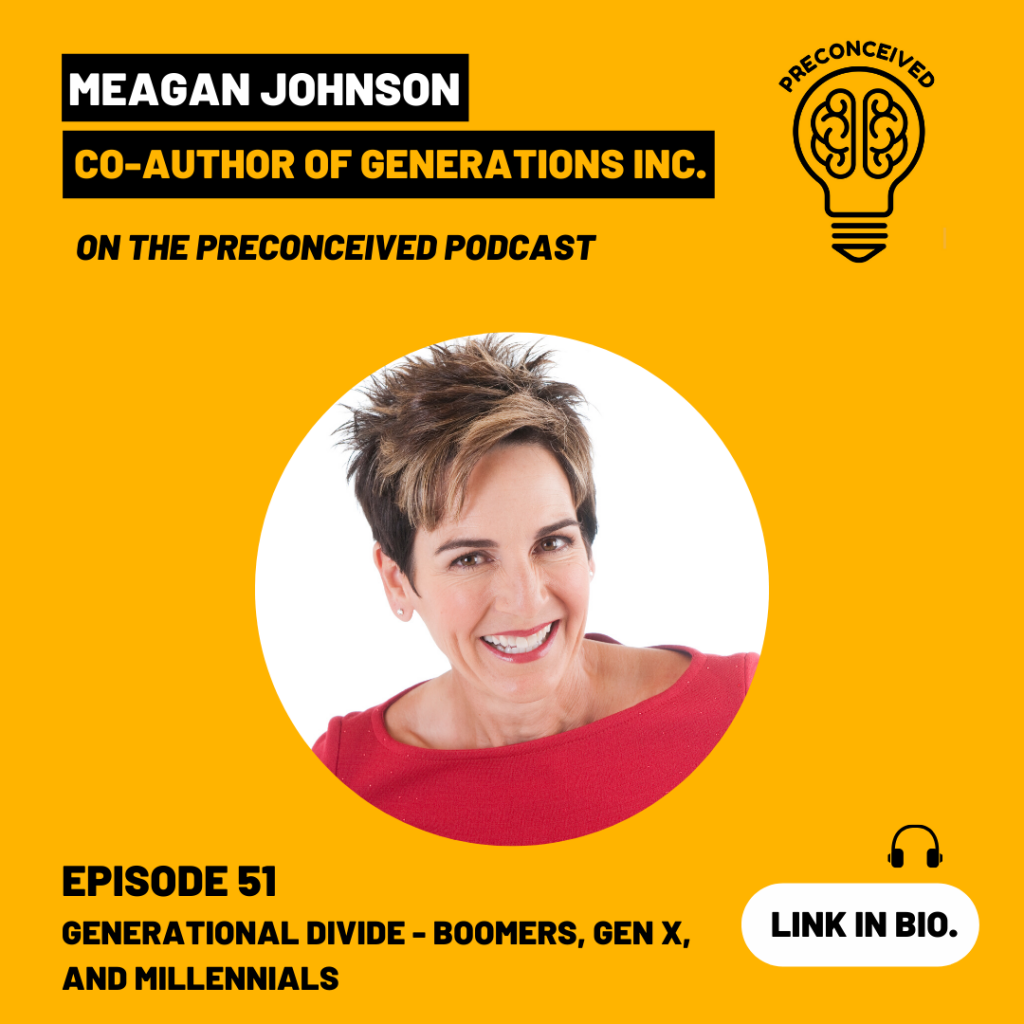I was interviewed on a podcast hosted by Doryn Wallach for women in their late 30s and 40s seeking to navigate life’s challenges and make the most of it.
Have you ever wondered why your mind is so different from other generations?
How can you manage to understand and communicate within the relationships that you have in your life – with your children, your parents, coworkers, employers and so on?
That is exactly what I discussed with Doryn on her podcast episode about Understanding Generational Differences.
Enjoy!



